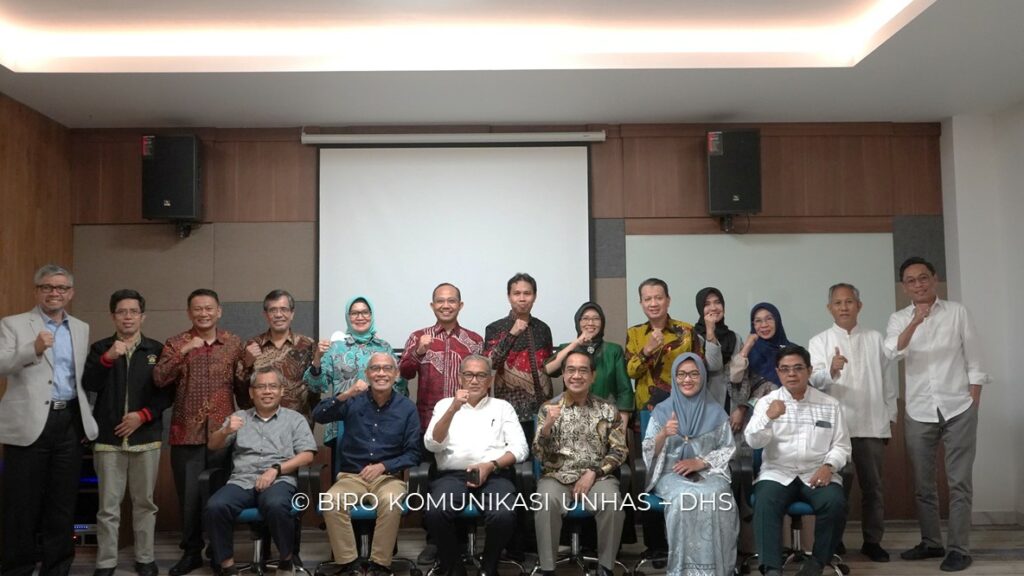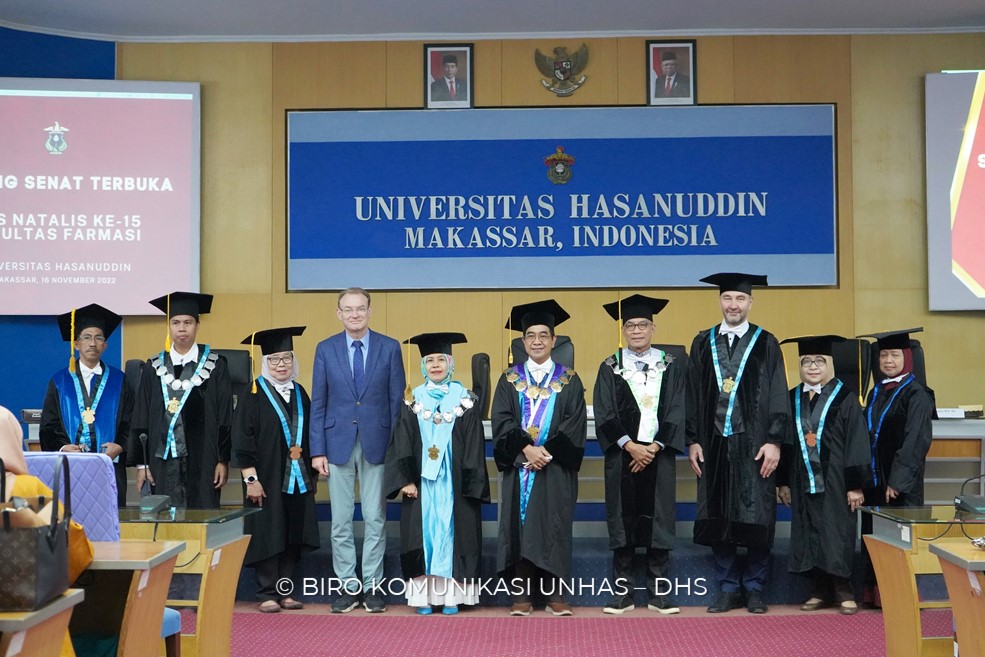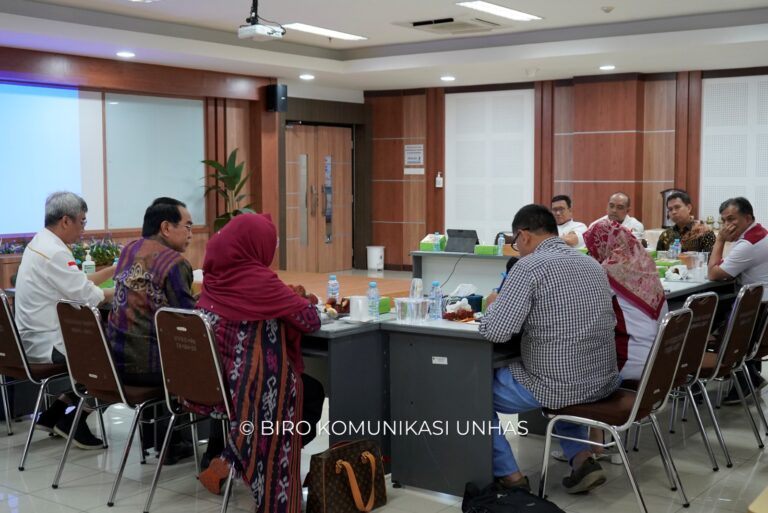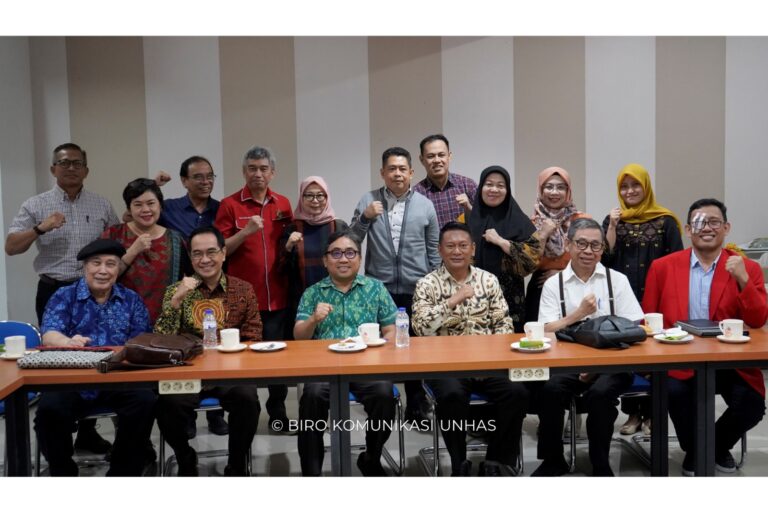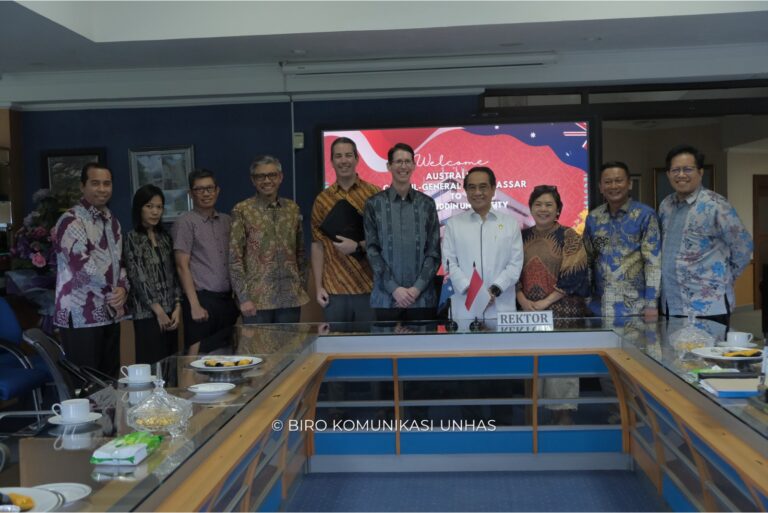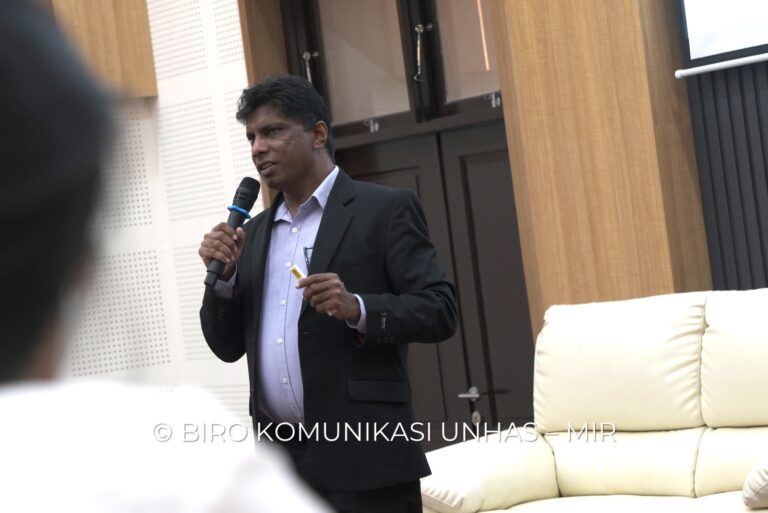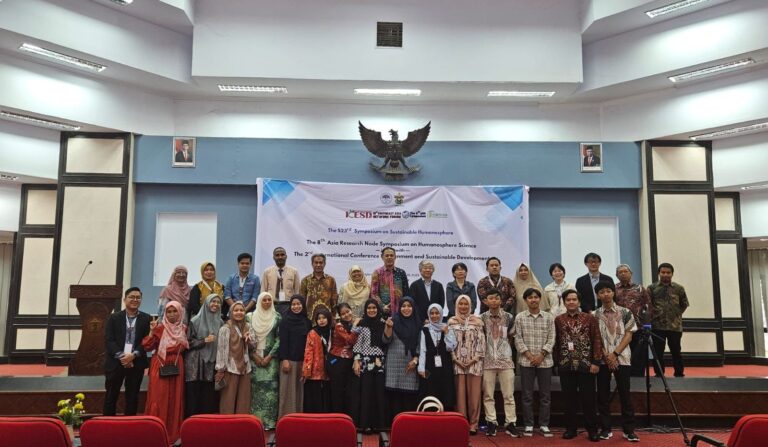Universitas Hasanuddin (Unhas) has finally succeeded in being listed in the ranks of world-class universities according to the QS World University Ranking (WUR). Based on QS Top Universities 2022, Universitas Hasanuddin is listed in the 1001 – 1200 group. This achievement is the result of a long struggle of Unhas to fulfil the mandate and vision of Unhas to reach the title of World Class University.
Director of Communications, Ir. Suharman Hamzah, Ph.D., explained that Unhas has struggled to be listed in the QS WUR ranking for the last four years. So far, the achievements of Unhas have been recorded in the QS Asia University Ranking (AUR), and this is the first time that Unhas has successfully entered the QS WUR.
“This is a very proud result and such a relief. For the last four years, we have been striving to meet the standards and criteria to be listed in the QS WUR. To enter the WUR, the method used by QS is very challenging for universities around the world. Alhamdulillah, we have managed to meet these standards,” said Suharman on Wednesday (9/6).
QS WUR applies a specific method, which involves six indicators. Each indicator has a different value. The six indicators and their values are:
– Academic peer review (40%) is the global academic view towards a university. This indicator data was collected through an independent survey conducted by QS.
– Faculty/Student Ratio (20%) is the ratio of lecturers and students, measured based on actual data. This ratio shows the university’s commitment to creating a balanced learning process.
– Citations per faculty (20%) measure the impact of research results produced by a university, which is seen from the number of citations to articles by the academic community.
– Employer reputation (10%) is the reputation of alumni who work in various sectors. The data were obtained from a survey conducted by QS on the work of its alumni.
– International student ratio (5%) is a measurement of the number of international students in a university, which shows a commitment to the diversity of the academic community.
– International staff ratio (5%) is a measurement of the diversity of foreign lecturers and staff, based on the ratio of foreign lecturers and staff.
Suharman explained that the most significant component of the QS WUR method was Academic Peer Review, worth 40% of the total score. Over the years, Unhas has met other indicators. However, there are challenges in encouraging global academics to recognize Unhas.
“Unhas formed a task force or unit that handles World Class University, with the main focus on the components that need to be improved, especially this academic peer review. After implementing a special strategy, the QS survey finally succeeded in capturing the positive views of academics from all over the world towards Unhas,” said Suharman.
This achievement proves that Unhas is on the right track to improve its global reputation. The achievement in the world ranking of 1001-1200 is a valuable asset to improve our performance continuously.
“With this achievement, we have a strong foundation to continue the tri dharma (three pillars of higher education) activities, to improve what has been done, and to optimize global partnership. We are optimistic that Unhas’ ranking will continue to increase in the coming years,” said Suharman.
In Indonesia’s national level, there are also several universities being listed in the 1001 – 1200 ranking together with Universitas Hasanuddin, including Universitas BINUS, Universitas Diponegoro, Universitas Telkom, and Universitas Brawijaya.
Kumara Tungga Dewa, S.S.
Editor: Ishaq Rahman, AMIPR

